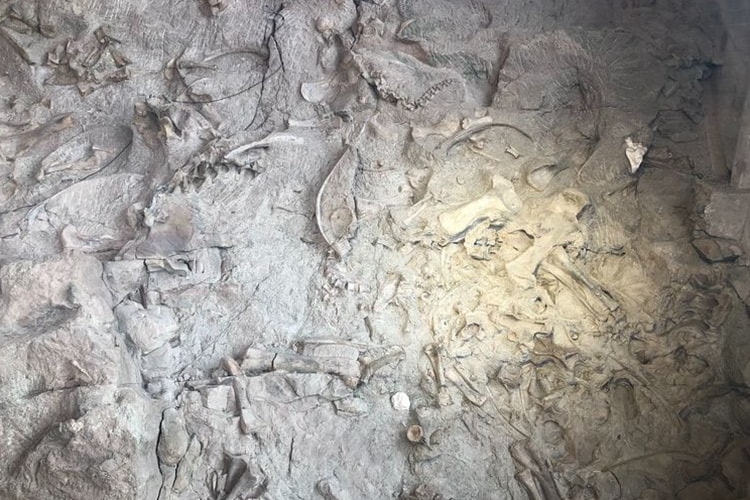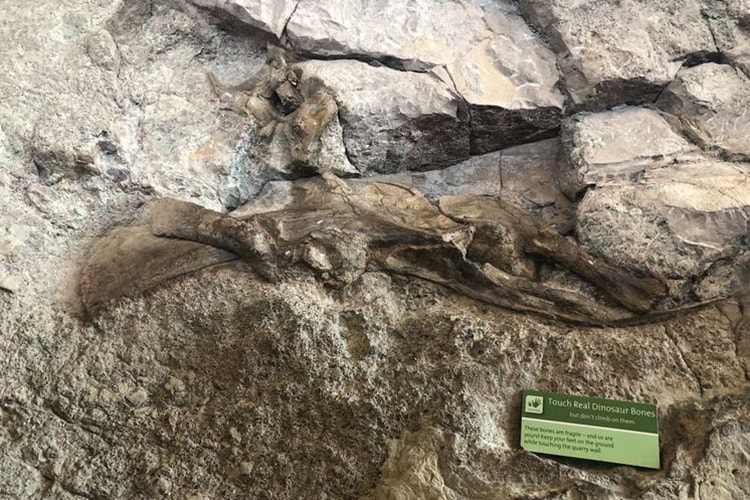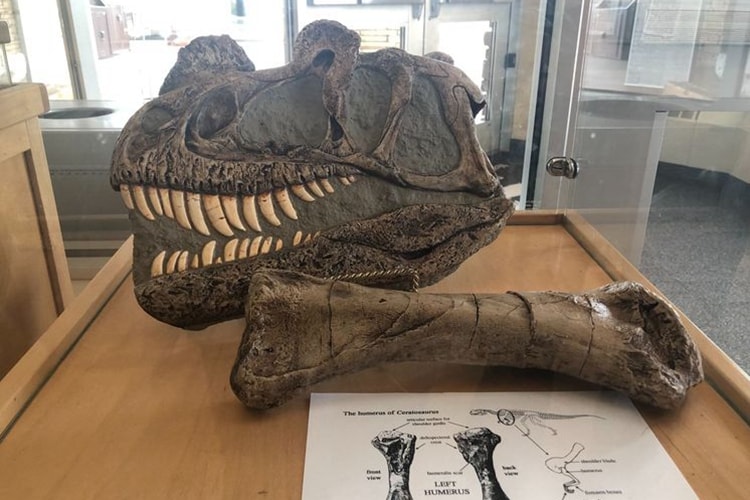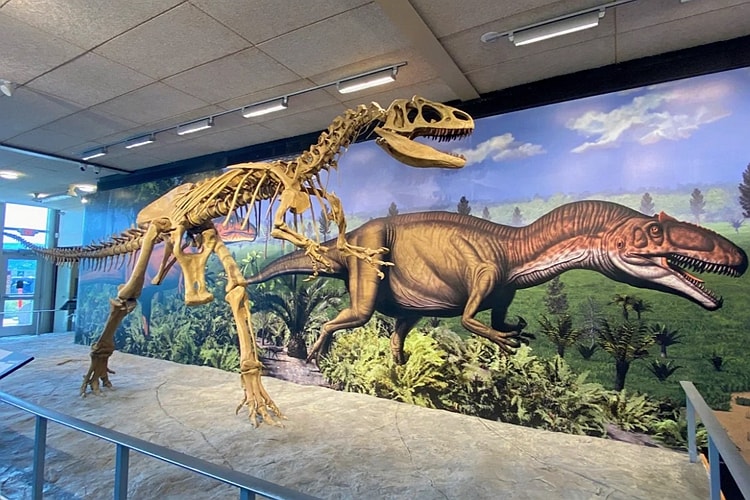News
World’s Biggest U.S. National Dino Park
Situated at the junction of Utah and Colorado, a colossal 3.8 million square kilometers dinosaur park, the world’s largest, unfolds. Home to late Jurassic dinosaurs like Brachiosaurus, Allosaurus, and Stegosaurus, this modern marvel stands on what was once known as a “Dinosaur Graveyard,” a site for excavating dinosaur fossils.

Curious visitors marvel at the dinosaur bones embedded in the steeply inclined rock layers, prompting questions about why Americans chose to build a park here. Over 100 years ago, during the heyday of the “Dinosaur Fever” that swept through Europe and the United States, this region, with its Cretaceous strata, became a sought-after treasure trove for dinosaur enthusiasts.
Douglas, an experienced dinosaur fossil excavator, had already set his sights on this area, even temporarily pausing his work at the Carnegie Museum. In August 1909, Douglas’s fortune changed when he unexpectedly discovered a cluster of eight dinosaur fossils intersecting with each other. Excited, he reported to his superiors, seeking support for further dinosaur fossil excavations in the Grand Canyon. Unfortunately, museum funding limitations hindered financial assistance.


Undeterred, Douglas, not disheartened, came up with a bold idea – seeking help from the wealthy dinosaur fossil enthusiast, Andrew Carnegie, the renowned steel magnate. Carnegie readily agreed, and with his support, Douglas established a dinosaur excavation team. The project to excavate dinosaur fossils in the Colorado Grand Canyon unfolded smoothly.
After enduring fourteen harsh seasons, Douglas’s unwavering belief and tenacious perseverance paid off. The excavation site, fittingly named “Carnegie Dinosaur Quarry” in gratitude to Carnegie, became a globally renowned fossil treasure trove. In October 1915, recognizing its scientific and educational importance, the U.S. government designated the dinosaur quarry and its surrounding lands as a national natural preserve.


With scientific advancements and the flourishing field of dinosaur research, the academic value of fossils, and their significance in science education became evident. After considerable efforts, the U.S. government expanded the area, transforming it into the world’s largest dinosaur park.
Featuring dozens of dinosaur species and nearly a hundred skeletal fossils, the Carnegie Dinosaur Quarry attracts a multitude of tourists and dinosaur enthusiasts from around the globe. Its renown and influence continue to grow. Friends, wouldn’t you want to come and see for yourselves?